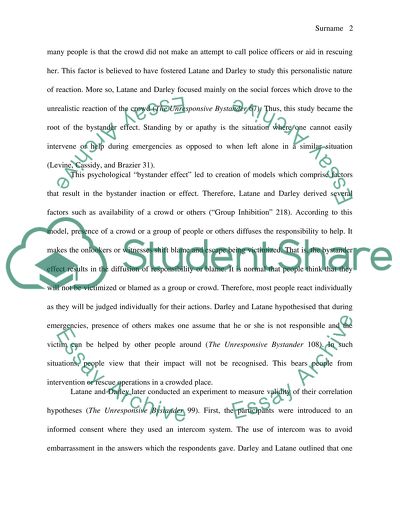Cite this document
(“Describe Latene' & Darley (1968) Bystander Effect) and evaluate Assignment”, n.d.)
Retrieved from https://studentshare.org/psychology/1461290-describe-latene-darley
Retrieved from https://studentshare.org/psychology/1461290-describe-latene-darley
(Describe Latene' & Darley (1968) Bystander Effect) and Evaluate Assignment)
https://studentshare.org/psychology/1461290-describe-latene-darley.
https://studentshare.org/psychology/1461290-describe-latene-darley.
“Describe Latene' & Darley (1968) Bystander Effect) and Evaluate Assignment”, n.d. https://studentshare.org/psychology/1461290-describe-latene-darley.


